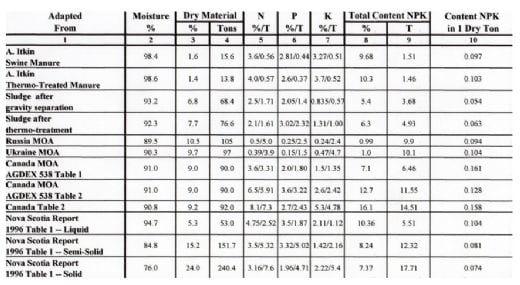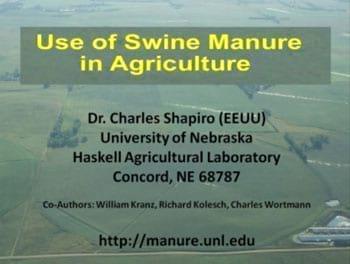Manure management
Modern Swine Housing Design
Livestock Producers are going through much criticism for creating pollution and diseases problems. In the mean time farmers having production problems (costly manure handling, high energy consumption, medicine cost and most important barn is not save working place).
Develop the basic principles and methods of calculation for design and construction of manure collection and transportation systems inside barns.
- Means of using water for flushing manure.
Develop manure reception structure with flushing system, which will provide proper and automotive collection and removal of manure with minimum water consumption - Develop typical floor details and piping system for the purpose of transportation liquid manure to the sump. Structure unification should allow modular design of the barn and keep distance between the floor and ground.
- Manure handling should be completely automatic, that can be incorporated in a computerized plant control system.
- New technology should require minimum farmer attention and could be run with unskilled personnel.

- The modular design of the barn allows for complete flexibility and adaptability
Thus enabling the barn to be designed for a wide range of sizes and allows construction of multi-level barn. - One of important advantages of the design is - excluding manure storage in the barn and moving liquid manure along pens. This will prevent spreading of diseases through manure.
- Significantly improved environment in the barn will increase productivity (pigs will have higher rates of growth), with much less ventilation. Since the system excludes retention of manure in the pen, this will dramatically improve pigs comfort and results in pigs being dry and clean.
- The design will improve pigs' health and bring down medicine consumption. Another benefit of the design is of total emissions control.
- The ability to control manure removal permits proper use of water and will produce less volume of liquid manure with moisture content of 93-95%.
This is the most important factor for selection of manure treatment and utilization processes. - Reduces construction and maintenance cost. Designed to be completely automatic, the system requires less farmer attention and can be incorporated into a computerized plant control system.
- Solid-liquid Separation Process includes gravity separation device, pumps and piping. The removed solids are going to composting treatment following land application and liquid pumped to irrigation water storage.

Manure collection and removal technology allows selecting treatment and utilization processes in most efficient and appropriate way.
New technology and innovative design will provide farmers and CAFO operators with complete engineering techniques using proven conventional processes and machinery in economically competitive and environmentally friendly manner.
Idea sounds good and practical but in all designs I have seen canals leading to pit/septic tanks. Do u foresee any challenges in using sufficiently sized pipes to maintain flows and avoid settling of solids? This can be designed with branched feeders into a main line to preliminary treatment. Wash down would be simplier for a smooth surface flow even minimising water volumes?
Another advantage can be that the pipe can be placed externally so parallel buildings can use same main. Wash downs can be scheduled in a staggered manner so pipe does not need to be overdesigned.
Having said the above I guess it comes down to economies of scale? Your thoughts?
Ds
The idea is good but need sufficient water which is cheap and needs high investment capital







